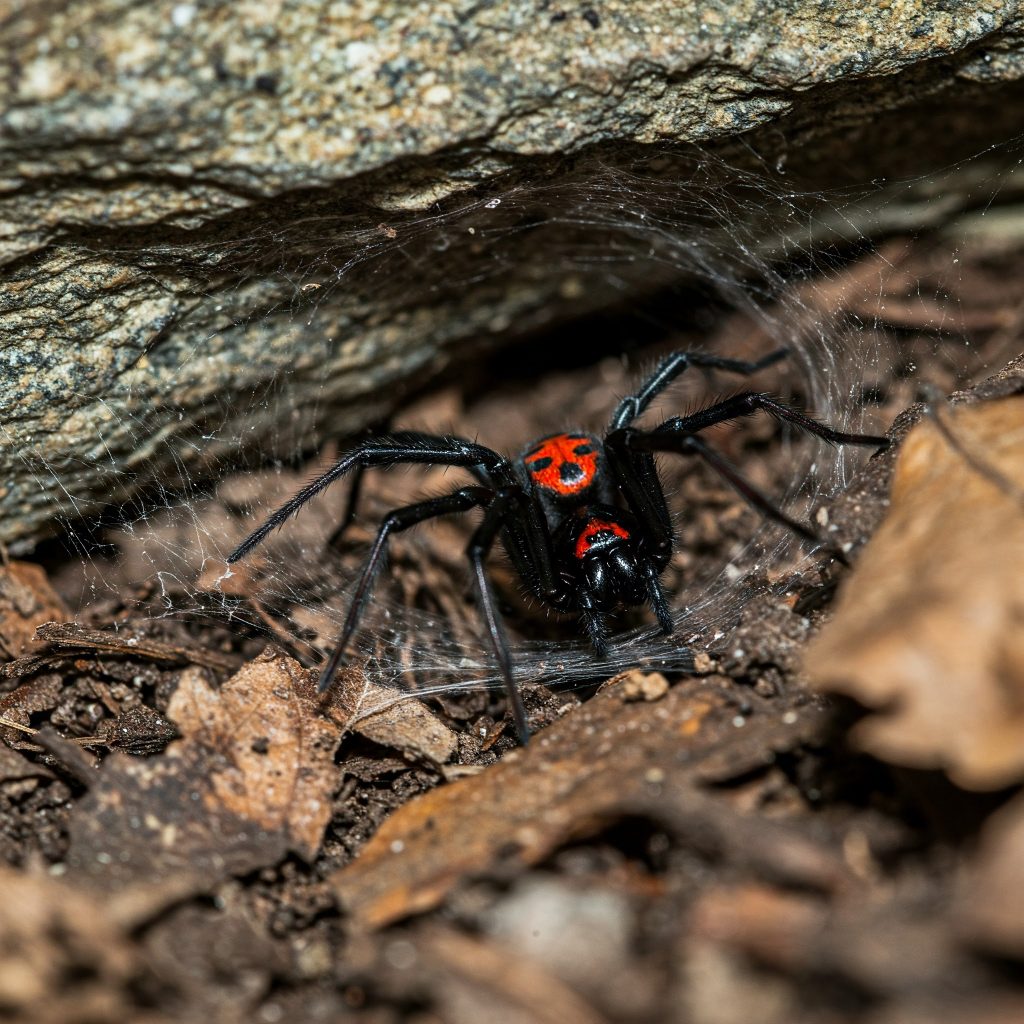Spiders
Spiders have eight legs and their bodies have two main sections (a cephalothorax and abdomen) joined by a slender waist. Despite appearances, spiders are not insects, but are classified as Arachnida. Most of the spiders in the home become active only at night, and usually remain unnoticed in cool, dark corners.
They very rarely bite unless molested.
Large office or apartment buildings often attract a variety of spiders and have reported heavy infestations. This is a result of lights in the large windows which attract nocturnal insects upon which spiders feed.
With a rich food supply, spiders multiply very rapidly. Young spiders of some species disperse by means of a technique known as ballooning. Clinging to a wall or other surface, they produce a slender filament of silk from their spinnerets. When these filaments are lifted by the breeze, the little spiders leap into the air (as in a sort of reverse parachuting).
Spiders also multiply in large numbers along waterways. Cottages, homes or buildings close to rivers and lakes are often heavily infested with spiders. The large numbers of aquatic insects, such as caddisflies and midges, attract and support various spider species.
Having problems with spiders?

Northern Black Widow Spider
Length: 16 mm
Colour: Female is shiny black, abdomen is spherical with red hour glass like pattern beneath; male is small, marked in yellow and read against black body. The nest of the Black Widow is formless. The female will bite if molested, causing severe swelling, pain, sweating and fever and is poisonous. These spiders occur in south western Ontario usually in open crawl spaces, beneath outhouse toilet seats or other areas where fly populations are heavy.
Cobweb Spider
The Cobweb Spider is smaller than the widow spider (body length 6mm). It has a brown and black spherical abdomen with a yellow “T” marking on the upper side. This spider hangs upside down from the cobweb nest. It is non-poisonous and rarely bites.
